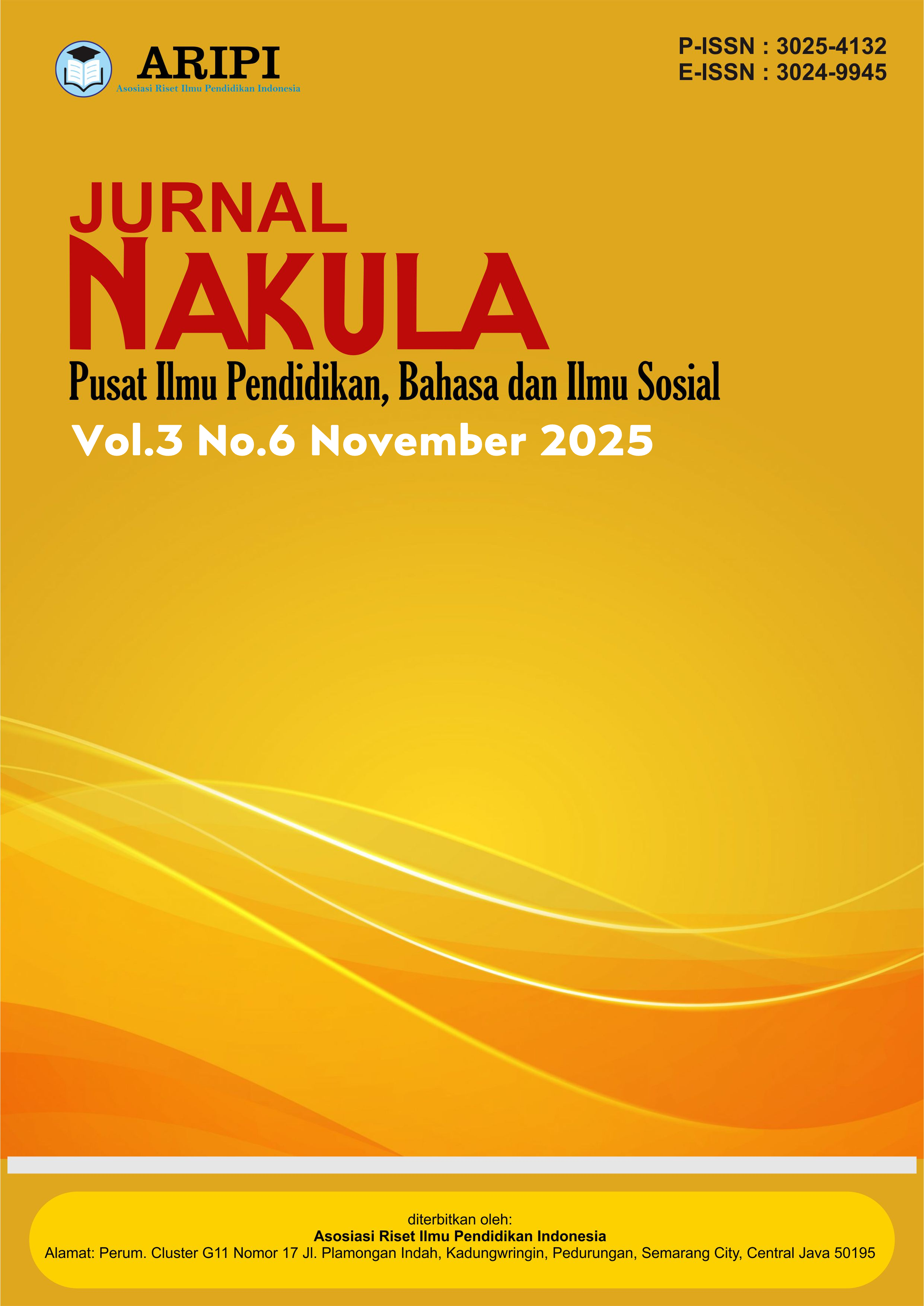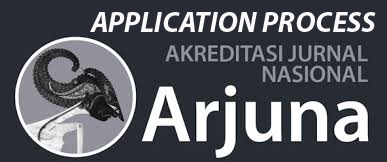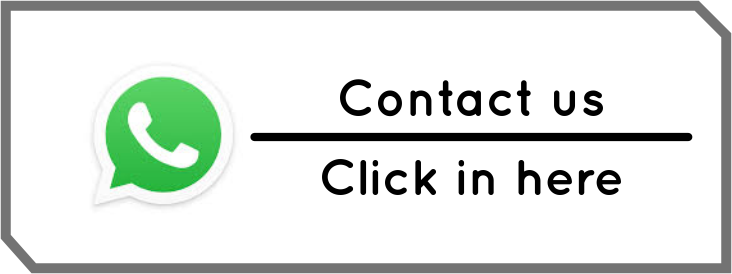The Evolution of Physical Education from Ancient Times to the Modern Era A Historical and Analytical Study
DOI:
https://doi.org/10.61132/nakula.v3i6.2469Keywords:
Cultural Analysis, Educational History, Educational Philosophy, Mental Health, Physical Education, The Body in Educational Thought.Abstract
This study aims to explore the historical and intellectual trajectory of physical education tracing its evolution from ancient civilizations to the modern era. Through a comprehensive analysis of the social cultural and scientific dimensions that have shaped the objectives and methods of this vital educational field the research investigates how physical education has always been interwoven with the prevailing religious political and philosophical ideologies of its time. Adopting a historical-analytical methodology the study examines key transitional phases—from the use of physical education in ancient societies for religious rites and military preparation through its marginalization during the conservative religious dominance of the Middle Ages to its revival during the Renaissance and Enlightenment where humanistic philosophies re-established the unity of body and mind within a holistic worldview. In the modern era physical education has emerged as an institutionalized and science-based discipline grounded in biology psychology and pedagogy. It has moved beyond its traditional functions to become a transformative tool for developing a well-rounded human being—physically mentally and socially. The findings reveal that the development of physical education over time was neither superficial nor merely procedural. Rather it reflected profound shifts in perceptions of the human body and its place within broader value systems. The comparison between ancient and modern perspectives highlights a significant shift: from shaping obedient bodies under authority to empowering individuals through self-awareness psychological well-being and active civic participation. Contemporary physical education therefore is no longer confined to physical performance; it serves as a holistic approach to preparing individuals to meet life’s challenges with balance and adaptability. The study recommends a re-evaluation of modern curricula to incorporate the rich historical and philosophical legacy of physical education along with greater integration of psychological and social dimensions within its pedagogical aims. It further calls for comparative research grounded in culturally nuanced frameworks that link past insights with present needs contributing to the creation of more humane and integrated educational models. Finally, the research underscores the critical role of specialized physical education instructors and advocates for their training to include leadership guidance and psychosocial support competencies beyond technical instruction.
Downloads
References
Al-Bar, M. A. (2004). The Physical and Moral Education in Islam. Al-Furqan Center for Islamic Heritage.
Al-Turki, F. (2003). Sports in Islamic Civilization. Islamic Educational, Scientific and Cultural Organization (ISESCO).
Arnaud, P. (1990). Education Physique et Idéologie Républicaine: 1870–1914. CNRS Éditions.
Bailey, R., Armour, K., Kirk, D., Jess, M., Pickup, I., & Sandford, R. (2009). The Educational Benefits Claimed for Physical Education and School Sport: An Academic Review. Research Papers in Education, 24(1), 1–27.
Clarke, M. L. (1958). Higher Education in the Ancient and Medieval World. Routledge.
Elias, N., & Dunning, E. (1993). Quest for Excitement: Sport and Leisure in the Civilizing Process. Basil Blackwell.
Findlay, R. J. (1971). The Olympic Games: Their Origins and Revivals. University of Toronto Press.
Golden, M. (2004). Sport in the Ancient World from A to Z. Routledge.
Guttmann, A. (2004). From Ritual to Record: The Nature of Modern Sports. Columbia University Press.
Hardman, K. (2008). Physical Education in Schools: A Global Perspective. Karger Publishers.
Hardman, K., & Green, K. (2011). Contemporary Issues in Physical Education: International Perspectives. Meyer & Meyer Verlag.
Hardman, K., & Marshall, J. J. (2000). World-wide survey of the state and status of school physical education. ICSSPE.
Kirk, D. (2010). Physical Education Futures. Routledge.
Lindroth, J. (1993). The Rise of the Swedish Gymnastics Movement: From Ling to Lundvall. Scandinavian Journal of Medicine and Science in Sports.
Mechikoff, R. A., & Estes, S. G. (2006). A History and Philosophy of Sport and Physical Education: From Ancient Civilizations to the Modern World. McGraw-Hill.
Mercurialis, H. (1569/2006). De Arte Gymnastica (Translation and commentary). Springfield: Southern Illinois University Press.
O’Sullivan, M., Bush, K., & MacPhail, A. (2009). Physical Education and Policy: An Introduction. Routledge.
Pfister, G. (2003). Gymnastics, a Transnational Movement: The German Turnen and Its Adaptation Abroad. European Studies in Sports History.
Rousseau, J. J. (1762). Emile, or On Education. Paris: Jean Néaulme.
Sage, G. H., & Eitzen, D. S. (2012). Sociology of North American Sport. Oxford University Press.
Wilmore, J. H., & Costill, D. L. (2005). Physiology of Sport and Exercise. Human Kinetics.
Young, D. C. (1984). The Olympic Myth of Greek Amateur Athletics. Ares Publishers.
Downloads
Published
How to Cite
Issue
Section
License
Copyright (c) 2025 Jurnal Nakula : Pusat Ilmu Pendidikan, Bahasa dan Ilmu Sosial

This work is licensed under a Creative Commons Attribution-ShareAlike 4.0 International License.






